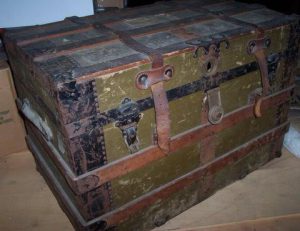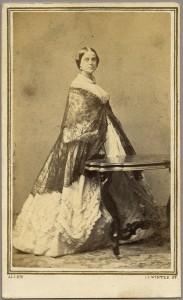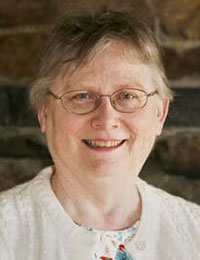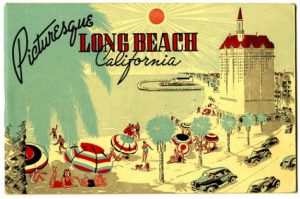
It was late one summer, sometime toward the end of the last century, when I received the call. The voice on the other end of the line was that of a woman in the throes of Alzheimer’s disease. Her name was Barbara, and she was pleading with me to “come and get these things.”[i]
Now Barbara wasn’t just anybody to me. She was our “go-to” family historian from the 1960s well into the early 1990s. Cousin Barbara (my grandfather’s paternal first cousin) was the one to call when some question about the family’s facts or folklore arose. I can still hear my grandmother saying, “I don’t know the answer. You need to call Barbara…” To this day I still rely heavily on Barbara’s original and painstakingly completed research. Continue reading That which we inherit








